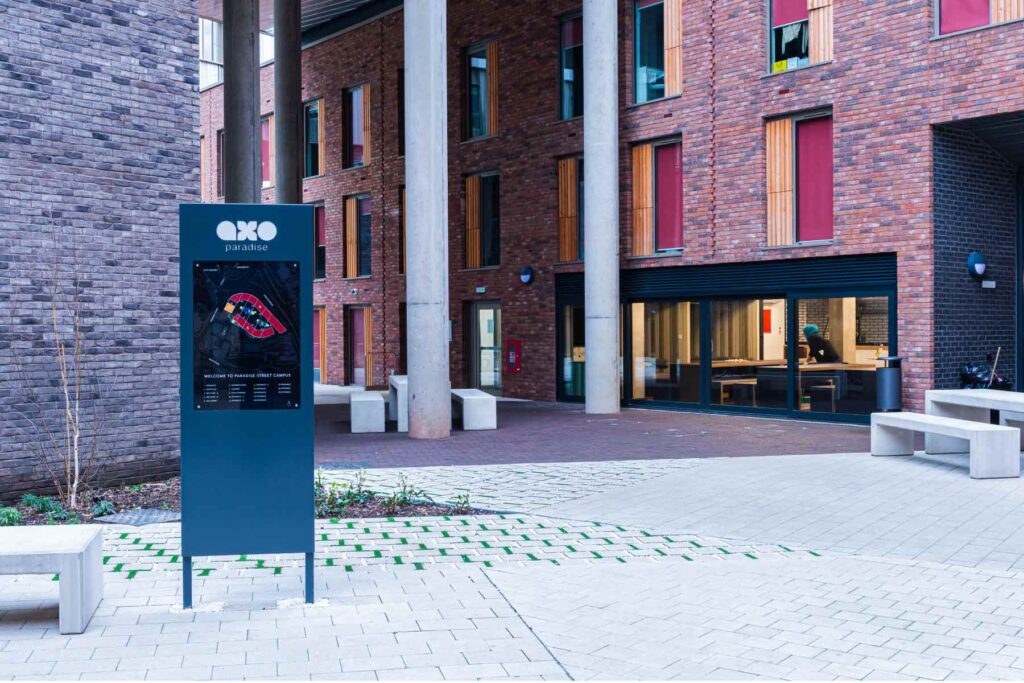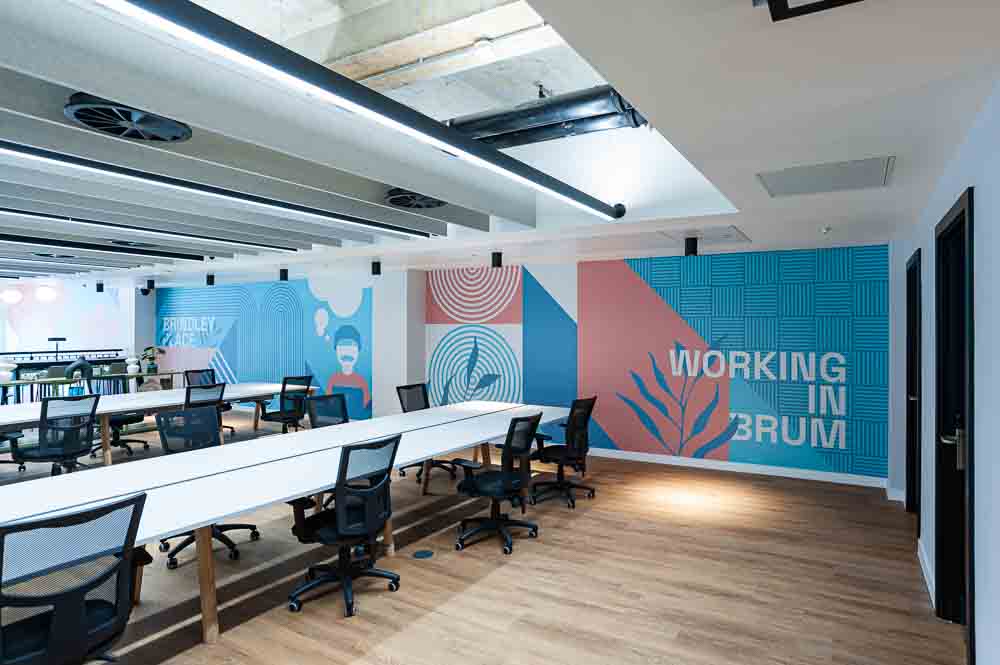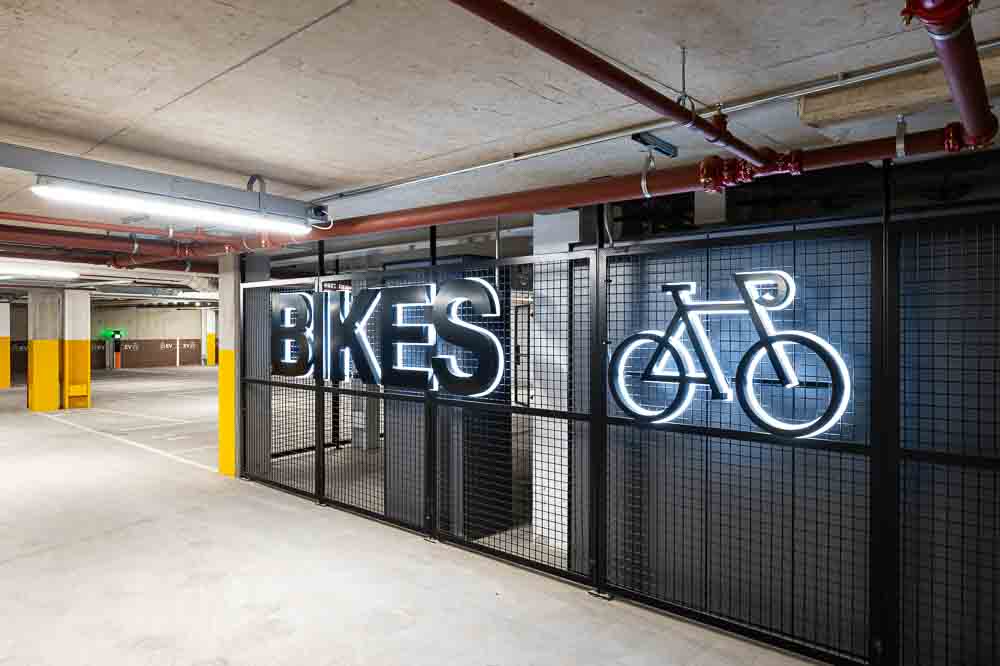Being able to navigate a space quickly and easily is an underrated positive experience as users only tend to notice wayfinding when there is a lack of it, or it isn’t working. There is both an art and science to developing great wayfinding signs and signage strategies, which is why new trends and innovations are constantly emerging.
Whether you’re looking for inspiration or just want to stay in the loop, in this article we’re highlighting both the artistic and technological styles making an impact on wayfinding in 2024:
- Incorporating Living Plants into Wayfinding Signage
- Improving Wayfinding Signage for Accessibility
- Taking a Sustainable Approach When Designing Wayfinding Signs
- Increasing Use of Digital Signs and Real-Time Updates
- Designing Custom Fonts for Brands to Stand Out
Understanding Wayfinding Signage
Wayfinding signage is a system of visual cues designed to guide people through a physical environment. These signs help direct traffic, identify locations, and provide essential information. Whether in healthcare facilities, retail spaces, or corporate offices, effective wayfinding signage ensures a smooth and stress-free experience for users and gives multiple opportunities to communicate brand messages to users.
Incorporating Living Plants into Wayfinding Signage
Incorporating living plants into wayfinding signage has progressed from just a trend into an innovative method of working towards environmental goals.
The biophilic design principles that focus on the human connection with nature enhance spaces visually and promote a sense of wellbeing. Greenery creates a calming and inviting environment, reducing stress and improving moods. With the understanding that people can find navigating spaces extremely stressful, the integration of plants into wayfinding systems is not just an artistic choice, but a strategic one.
From potted plants to vertical living walls, there are various ways to incorporate foliage and flowers into wayfinding signage. Choosing easy-to-maintain plants that thrive indoors help to ensure the signage remains vibrant and attractive.
From an environmental perspective, the number of plants included in, even a large wayfinding strategy, may not make a huge difference to the environment, and the amount of water needed to keep them healthy should be taken into consideration. However, they can be used to illustrate and highlight a brand’s message about their environmental commitments.
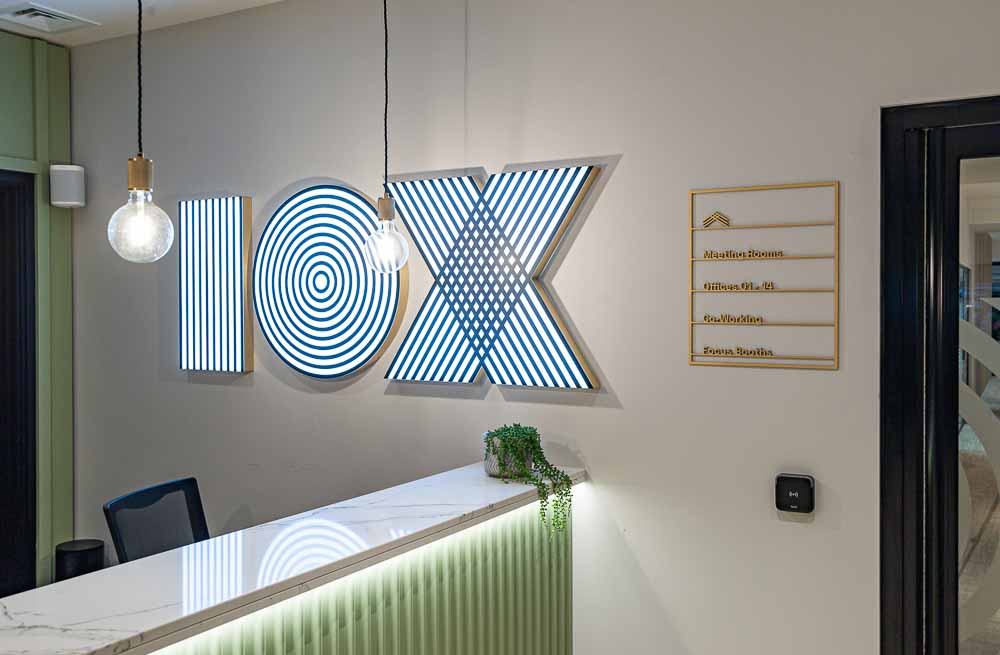
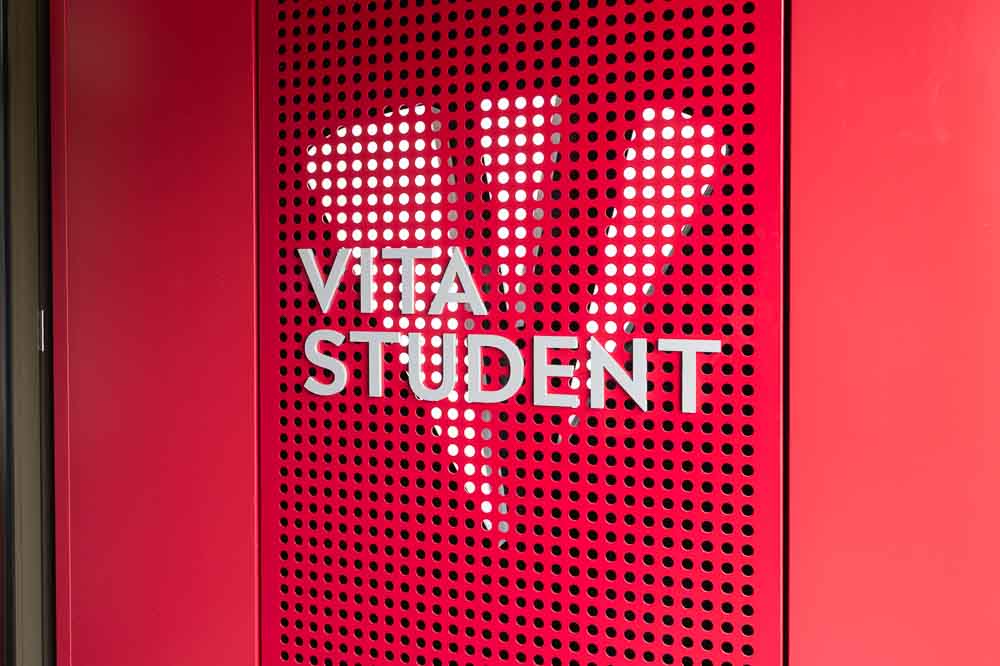

Improving Wayfinding Signage for Accessibility
Innovations in technology and materials are leading the way to ensure accessibility continues to be considered a crucial aspect of modern design. At xsign, we believe all signage projects should be approached with universal design principles at the outset to produce wayfinding signs that are both inclusive and aesthetically pleasing. Improving wayfinding signage for accessibility means that everyone, regardless of ability, can navigate a space with confidence and ease.
There are numerous facets to accessibility, it goes beyond simply being wheelchair accessible. Accessibility focuses on making places suitable for everyone, including but not limited to, people with language barriers, physical and cognitive impairments and illnesses.
An example of this is that recently, more sign designers are taking advantage in the developments of 3D printing to incorporate high quality braille and tactile elements into their signage. With this approach they are making spaces more welcoming for people with visual impairments.
Taking a Sustainable Approach When Designing Wayfinding Signs
Planning sustainability into any signage project is a necessity that benefits the environment and aligns with corporate responsibility and consumer expectations. Aim to incorporate environmentally friendly materials like recycled metals and sustainably sourced wood in sign production when possible.
Digital printing techniques can minimise waste and reduce the use of harmful chemicals, especially with the introduction of plant-based inks. LED lights are more energy efficient than traditional bulbs, with longer lifespans and lower consumption of power so choosing LEDs is a more sustainable option for illuminating signage.
At all stages of the design and production process, consideration should be given to reducing the carbon footprint and consumption of energy.
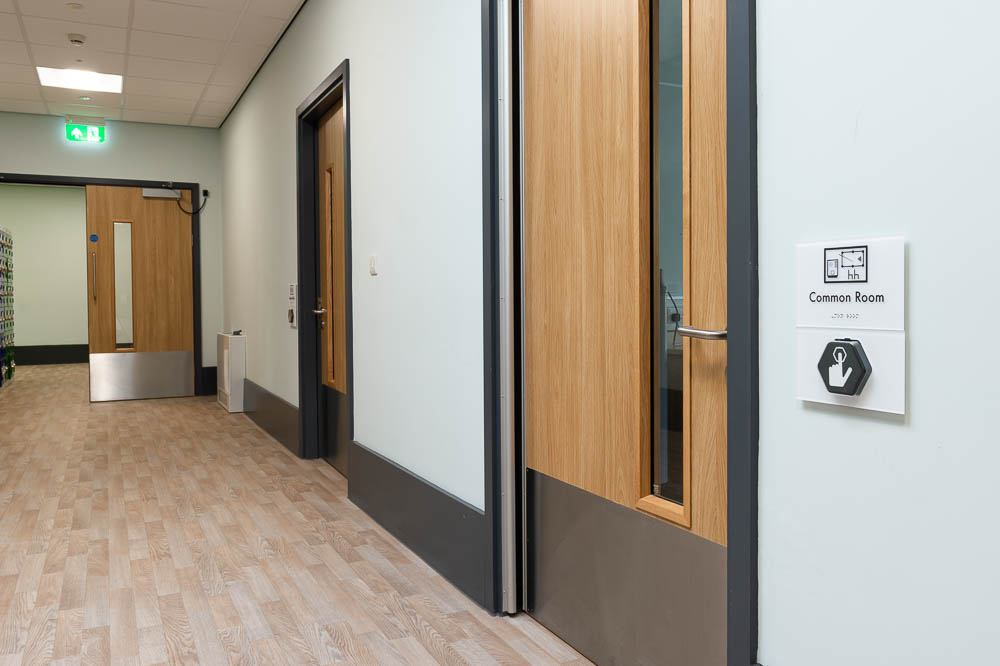
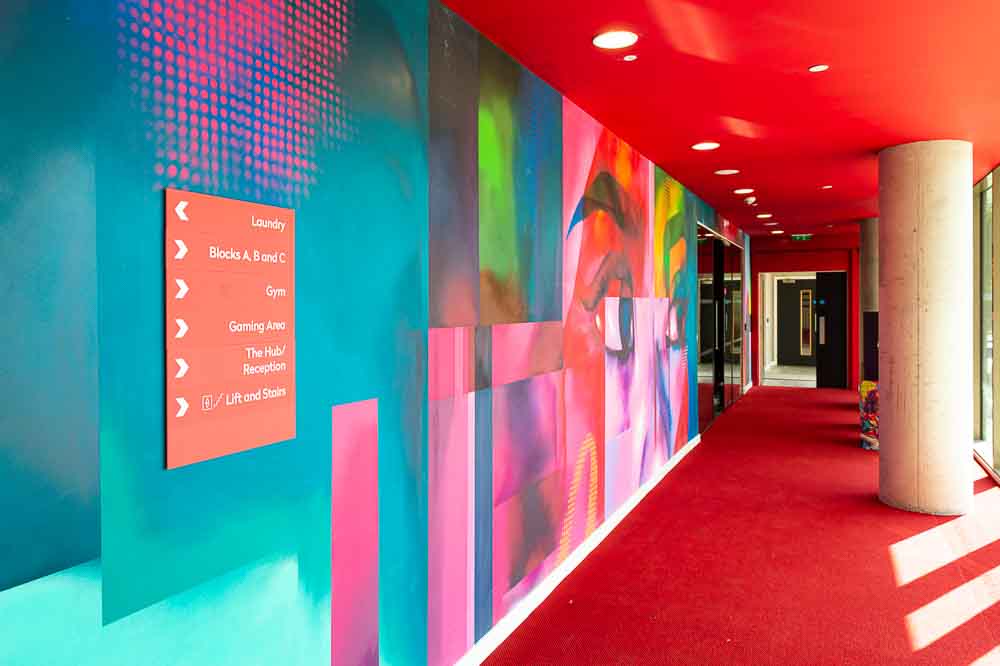
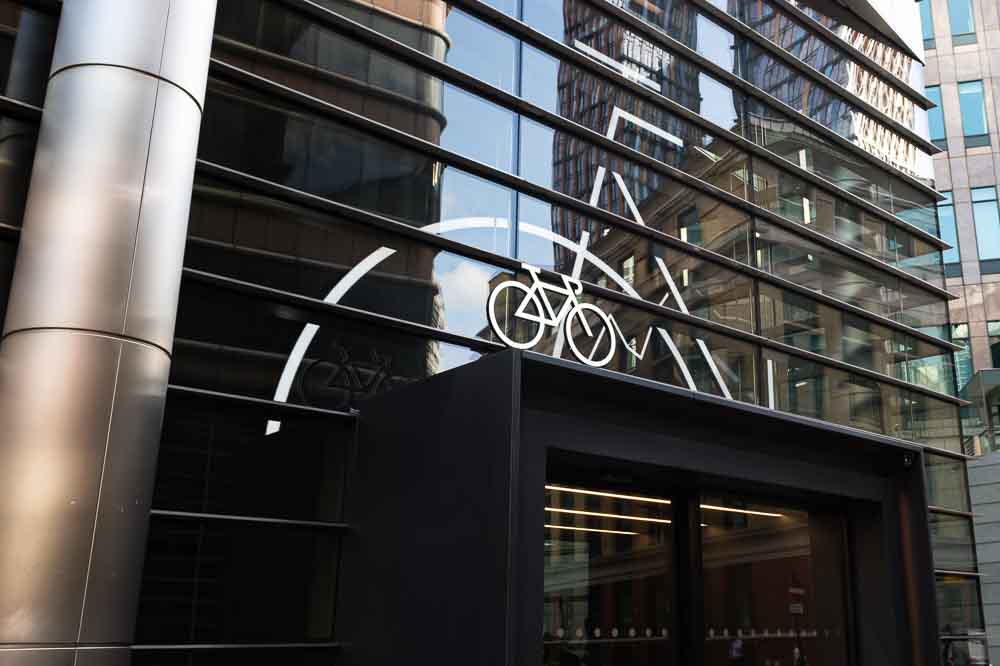
Increasing Use of Digital Signs and Real-Time Updates
Using technology to make signs interactive keeps users both informed and engaged, improving their interactions with a brand, and transforming how wayfinding is experienced.
Use digital signs to display dynamic content such as real-time updates, adverts, and interactive maps that can be remotely managed. Remote management gives control over scheduling and updating content for signs in different locations, allowing businesses to keep their messaging and comms relevant and timely.
Incorporating touchscreens or QR codes for maps that show users the way to a destination and what facilities are in the vicinity, can significantly enhance the user experience, especially from an accessibility perspective. Interactive displays aren’t just beneficial for large campuses or complex spaces, they can also have a big impact in small environments where they offer instant access to useful information and make navigation intuitive and fun.
Designing Custom Fonts for Brands to Stand Out
Branding is crucial for standing out from the crowd but too many designers rely on lacklustre fonts that are already used by several brands; they don’t see typography as a way of expressing a brand’s unique identity in signage.
With custom fonts specially designed for brand signage there are three main benefits: brand consistency, enhancing readability, and showcasing creativity.
Brand consistency. Having a unique font that is associated with your brand will always make navigation easier as customers can differentiate and easily spot your brand among others.
Enhancing readability. Designing a custom font is an opportunity to improve readability and produce signs that are clear and legible.
Showcasing creativity. Custom fonts offer an avenue for creative expression and infuses a brand’s personality into their signage, making the environment more memorable.
All these benefits ensure that information is conveyed effectively and cohesively across signage, whilst reinforcing brand identity and impacting positively on user navigation.
These trends and innovations give brands the opportunity to increase functionality, accessibility, sustainability, and brand awareness through their wayfinding signage. With a focus on making wayfinding a seamless and enjoyable experience, xsign create effective and innovative wayfinding systems that incorporate the latest trends, alongside decades of design and manufacturing experience.
